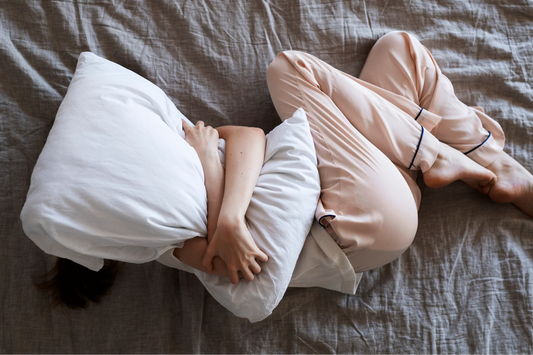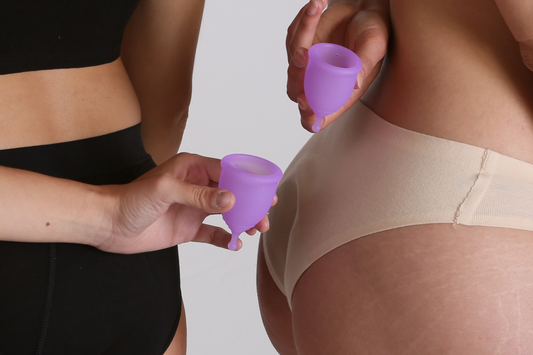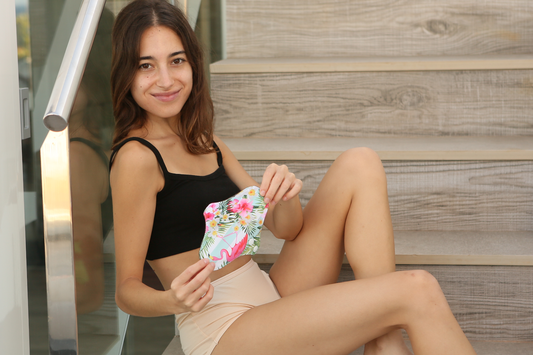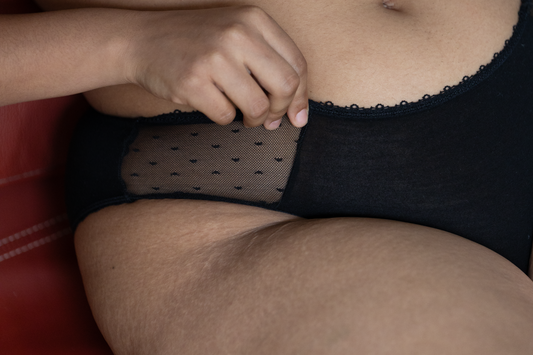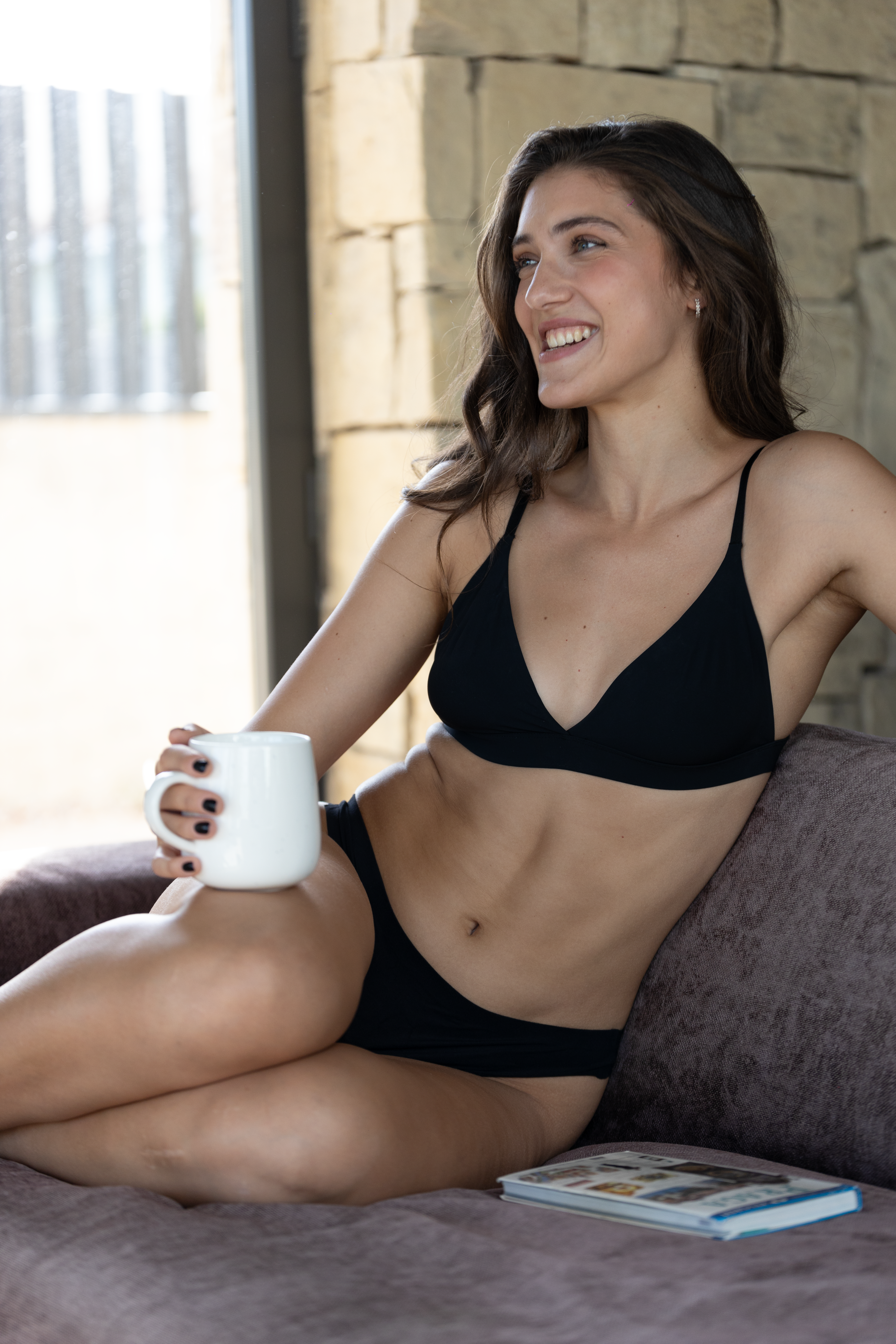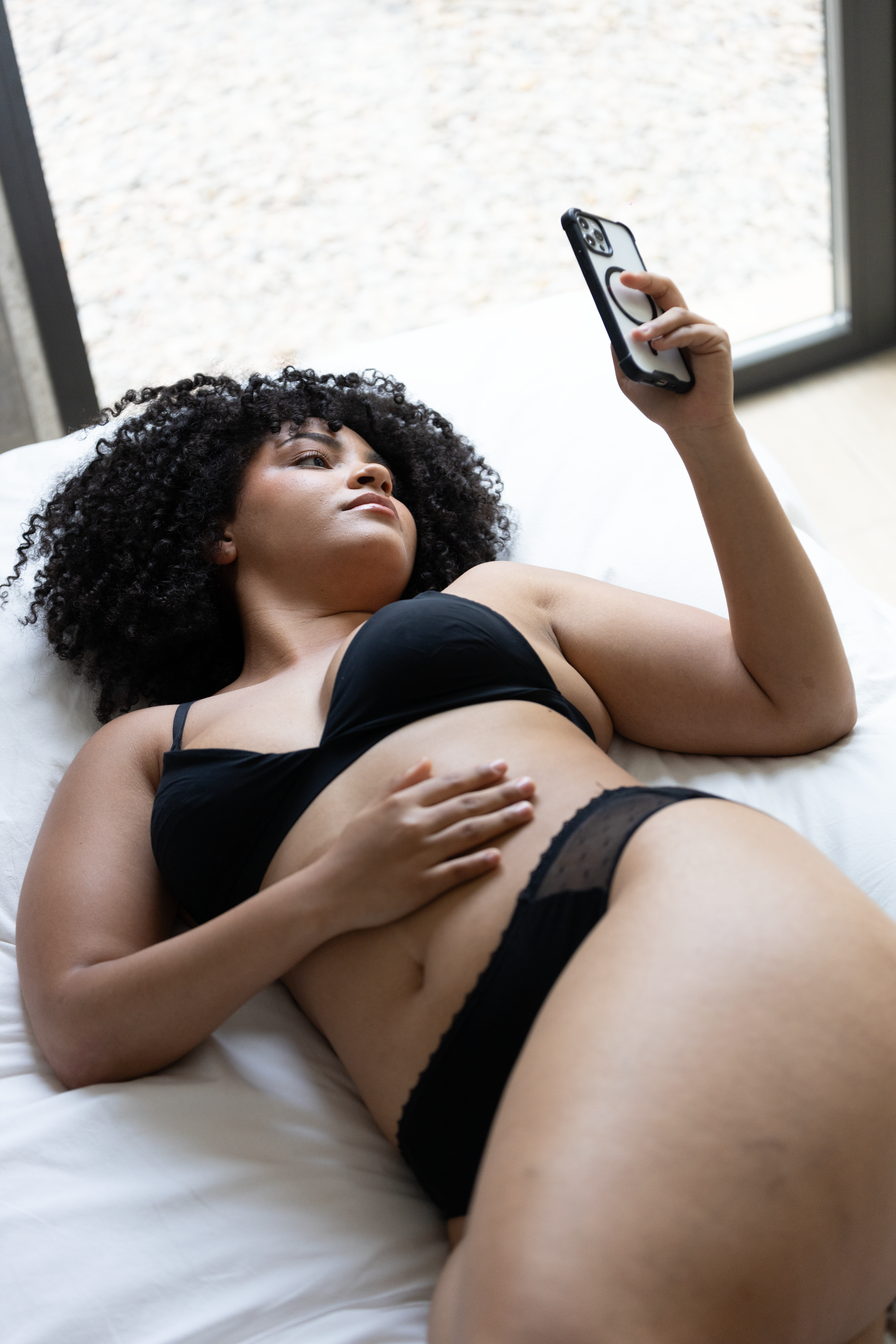
How to remove menstruation blood from clothes: effective methods
Menstrual blood stains on clothing can be difficult to remove, but with the right methods and products, it is possible to treat them effectively. Here is a complete guide on how to remove these stains, explaining the importance of selecting the right soap and presenting other effective alternatives.
Importance of selecting the right soap
Choosing the right soap is crucial to maintaining the integrity of your clothes and preserving their colors. The wrong soap can damage fabrics, cause discoloration and affect the durability of your clothes. Here's why it's essential to choose the right soap:
Preservation of fabrics and colors
- Protection of fabric fibers: A good soap protects fabric fibers, preventing them from wearing out or breaking, which is especially important for delicate garments.
- Color maintenance: Mild, natural soaps help preserve the colors of your garments, preventing them from fading or fading over time.
Skin protection
- Avoid irritation: Soaps with natural ingredients and no harsh chemicals are ideal for sensitive skin, reducing the risk of irritations.
- Safety for the whole family: A natural soap is safe for all family members, including people with sensitive skin or allergies.
Métodos efectivos para quitar manchas de sangre menstrual
1. Use of Cold Water
Cold water is one of the most basic and effective methods for treating blood stains. Blood is a protein, and hot water can cause it to coagulate, setting the stain. For best results:
- Rinse with cold water immediately: Rinse the stain as soon as possible with cold water to prevent it from adhering to the fabric fibers.
- Soak the item: Soak the item in cold water for at least 30 minutes before washing.
2. Hydrogen Peroxide
Hydrogen peroxide is effective for blood stains, especially on light fabrics. However, use with caution on colored garments:
- Apply directly: Pour a small amount of hydrogen peroxide on the stain and let it bubble.
- Leave to act: Let the peroxide act for a few minutes.
- Rinse with cold water: Rinse the garment thoroughly with cold water to remove the peroxide.
3. Baking Soda
Baking soda is another natural and effective option:
- Make a paste: Mix baking soda with water to create a paste.
- Apply to the stain: Rub the paste over the blood stain.
- Let it sit: Leave it on for 30 minutes before rinsing with cold water.
4. Salt
Salt is another useful home remedy for treating blood stains:
- Make a salt solution: Dissolve a tablespoon of salt in cold water.
- Soak the garment: Leave the garment in this solution for 30 minutes.
- Rub the stain: Rub the stain gently with a sponge or soft brush.
How to remove menstrual blood stains from the mattress?

You are not alone in this! Many people have gone through the same thing and have found effective solutions. The methods you use to remove clothing stains can also be helpful here. Acting quickly is crucial. Use a clean, dry cloth to soak up excess blood without rubbing, so as not to spread the stain. Apply cold water with mild liquid soap and rub gently with a soft bristle brush. Hydrogen peroxide may also be helpful in small amounts, leaving it on for a few minutes before blotting with a clean cloth. If the stain persists, a paste of baking soda and water can work wonders; apply it, let it dry and then vacuum up the residue. Always remember to make sure the mattress dries completely to prevent mold and mildew from forming. With these methods, you'll be able to tackle this situation with confidence and peace of mind.
How to remove dried blood stains?
Removing dried blood stains may require a little more time and effort, but with patience and the above methods, you can restore your garments to their original condition. Acting quickly, selecting the right products and following the specific recommendations for the type of fabric are key to effective treatment. Before applying any product or method to the entire stain, test a small, inconspicuous area of the garment to make sure it is not discolored or damaged. In some cases, methods may need to be repeated several times to completely remove the stain. After washing, air dry the garment rather than using a dryer, as the heat may cause any stain residue to set further.
Additional tips for caring for your clothes
It is essential to follow the manufacturer's instructions and check the washing labels to make sure you comply with the specific recommendations for each garment. Avoiding harsh products is crucial, as those with perfumes and dyes can damage fabrics and cause skin irritation. Although a natural soap is a safer option, it is important to keep it out of reach of children and avoid contact with eyes to prevent any possible accidents.
Removing menstrual blood stains from clothing can be a challenge, but with the right methods and products, it is possible to keep your garments in excellent condition. It is crucial to select the right soap, avoiding aggressive products that can damage fabrics and colors. Alternatives such as the use of hydrogen peroxide can also be effective, but it is always important to follow the manufacturer's instructions and handle the products with care. By following these tips, you can ensure that your garments stay clean, soft and durable. Remember that the key is to know how to remove menstrual blood from clothing effectively and respectfully with the materials.


